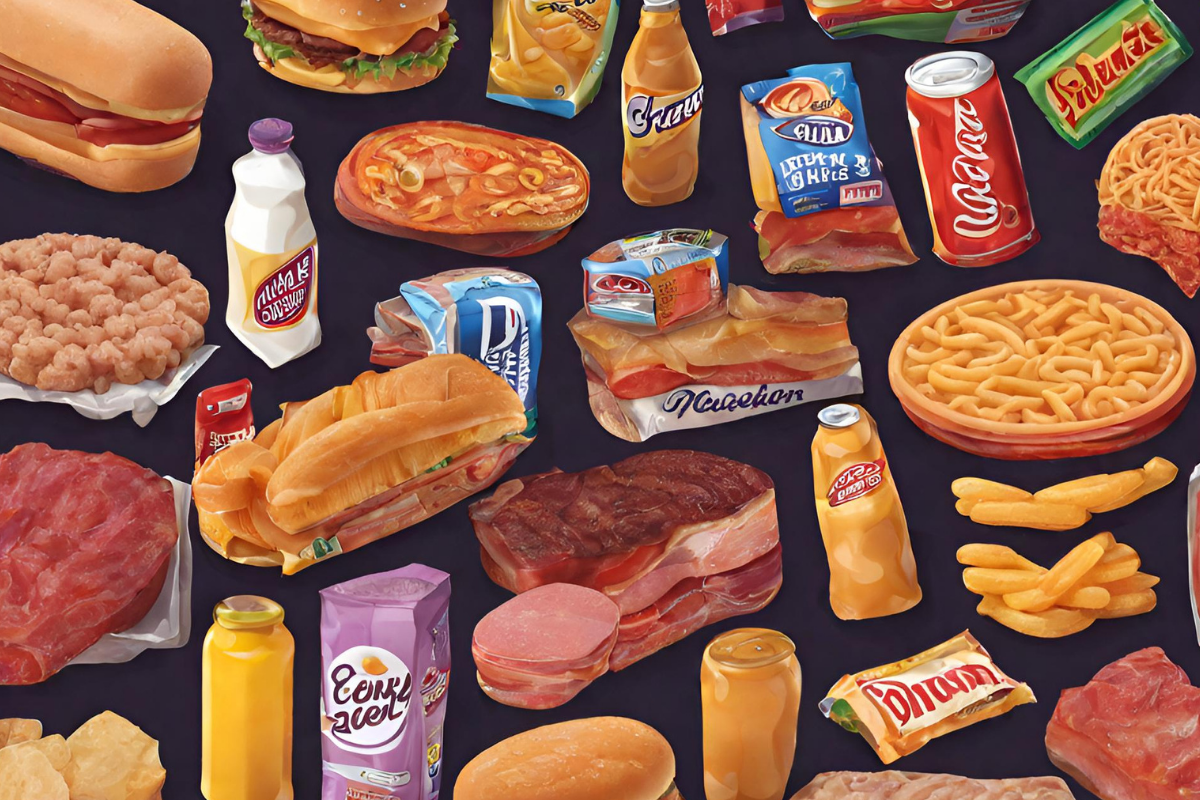Ultra processed foods have been a growing concern for public health for quite some time now. Ultra Processed foods are defined as industrial formulations made from substances derived from foods and combined with industrially produced ingredients and typically additives. They have been linked to a plethora of health issues. Including the obvious weight gain, obesity and diabetes. But, it goes further with heart issues and some types of cancer.
Despite all of these issues, policies limiting these ultra processed foods have been limited. The United States has been particularly egregious, due to lobbying groups. The European Union and United Kingdom have been slightly more effective at tackling the consumption of said ultra processed foods although they still have substantial issues. Suggesting the need for more comprehensive regulations and awareness schemes.
Ultra Processed Foods – Are They Addictive?
There is also the concern that Ultra Processed Foods may well be addictive, and whilst there isn’t a complete consensus on whether it’s simply the sugars, or additives play a bigger role, the general thought is that yes they probably are.
One tool commonly used in this research is the Yale Food Addiction Scale (YFAS), which measures food addiction in a similar method to substance use disorder. Studies utilizing the YFAS have revealed a prevalence of food addiction ranging from 12% to 14% in both adults and children. And this model, which is now widely regarded as the best option, suggests that not all foods display an addictive potential. But, of course, highly processed foods do. YFAS focuses on foods high in refined carbohydrates and added fats, in other words Ultra Processed Foods.
The Rise of Ultra-Processed Foods and Their Composition
These foods are characterized by their overly processed nature which often results in the loss of most of the foods nutritional value. The Brazilian researchers who first coined the term “ultra processed foods” developed a classification system called NOVA.
This system categorizes foods based on their level of processing and highlights the distinction between minimally processed traditional foods and modern theoretically “ready-to-eat” ultra processed foods.
These foods are usually easily spotted due to their long list of ingredients and additives that don’t look out of place in cleaning products half of the time.
They are designed to be cheap and hyper palatable, with some studies suggesting even addictive. They have become incredibly popular in supermarkets.
The Health Implications of Ultra-Processed Foods
Whilst there is still some debate over which exact mechanism is the largest issue with these foods, there is of course plenty of links to show the damage that they are doing.
Some researchers suggest that the additives and alterations to the structure of nutrients in ultra processed foods may be responsible for these health risks. As a minimum they are also likely to lead to dietary deficiencies in vitamins and minerals due to them lacking the original content of the food.
Others argue that the issue is simply down to the excessive amounts of sugar, fat, and sodium commonly found in these foods.
Either way the evidence suggests that reducing the consumption of ultra-processed foods is crucial for improving public health.
Limited Policy Response to Ultra-Processed Foods
While a few countries, such as Belgium, Brazil, and Israel, have integrated the regulation of ultra-processed foods into their dietary guidelines and school food programs, the U.S. Dietary Guidelines for Americans do not currently mention the category of ultra-processed foods.
However there is some small hope for the US as finally an advisory committee for the 2025-2030 U.S. Dietary Guidelines has been tasked evaluating the existing evidence. It doesn’t mean anything is going to be done, but it is a start.
Researchers conducted an analysis of federal and state statutes, bills, resolutions, regulations, and proposed rules related to highly processed and ultra-processed foods from 1980 to 2022.
The findings revealed that there were almost no policies designed to tackle this, despite the growing obesity issues within the US.
And the majority of these policies have only been proposed or passed since 2011.
Most of the policies were related to children's nutrition, which does ultimately make sense. Adults are entitled to make their own decisions however. But it is of course important to make sure that children are presented with healthy food whilst they are in the care of the state. It is entirely unacceptable that when the state is charged with looking after peoples children it can not provide healthy food.
It is also not an unreasonable expectation for the schools system to prepare children for making healthy food choices later in life, and whilst policies like EWPHCCS, Color Me Healthy and SNAP are a start in this regard it is far from enough and only addresses a small part of the issue.
And of the school related policies a common theme for concern over the relatively higher cost of healthy foods compared to ultra processed options.
However, only one policy provided a specific definition of ultra processed foods. And only a few aimed to address the broader food environment by incentivizing small retailers to stock healthier options and of course there was Iowa’s healthy vending machines scheme.
The Need for Comprehensive Policy Action
While the emerging policies in the US are starting to align with some of the more successful international programs we still lag far behind.
As a minimum, addressing school food policies should be of immediate concern.
The Role of Regulatory Agencies and Leadership
We also have the issue of the FDA and USDA’s involvement. Based on US structure they will need to take a proactive role.
These agencies have the authority under federal law to protect public health and should prioritize preventing chronic food illnesses, and the obesity crisis is exactly that.The FDA Commissioner and the under secretary for food safety at USDA must provide strong leadership and allocate sufficient funding to prioritize the regulation of ultra processed foods or we won’t really get anywhere.
By providing legal incentives for food companies to design healthier products and ensuring that these incentives are on par with those for taste, cost, and convenience, the agencies can encourage the production of foods that promote health and well-being.
The Economic and Health Impact of Ultra-Processed Foods
The consequences of an inadequate policy response to ultra- processed foods extend beyond individual health outcomes. These are obvious, which means it’s no surprise that a lot of the countries doing more to deal with the issue are those with social healthcare systems. Meaning they have more of a direct incentive to deal with the issue.
But, regardless chronic food illnesses, including obesity, diabetes, hypertension, and heart failure, have significant economic costs.
Estimates suggest that the economic burden of nutrition related chronic diseases from 2011 to 2020 amounts to a staggering $16 trillion.
Lessons from Successful Food Safety Regulations in The US
Looking at successful food safety regulations can provide valuable lessons for addressing the issue of ultra-processed foods.
The regulation of Shiga toxin-producing E. coli (STEC) in meat is a prime example.
In response to a deadly outbreak in the 1990s, the USDA and FDA worked together to implement preventive controls.
This collaboration along with stronger food safety laws and increased funding led to a significant reduction in STEC cases.
Applying a similar model to address ultra processed foods by setting limitations on ingredient use percentages would be difficult, but possible.
The Importance of Public Awareness and Education
Public awareness and education are crucial in promoting healthier food choices and reducing the consumption of these products.
Efforts should focus on raising awareness of the health risks associated with ultra-processed foods and providing information on healthier alternatives.
Public health campaigns, nutrition education in schools, and clear food labeling can all contribute to improving consumer knowledge and empowering individuals to make informed dietary decisions.




